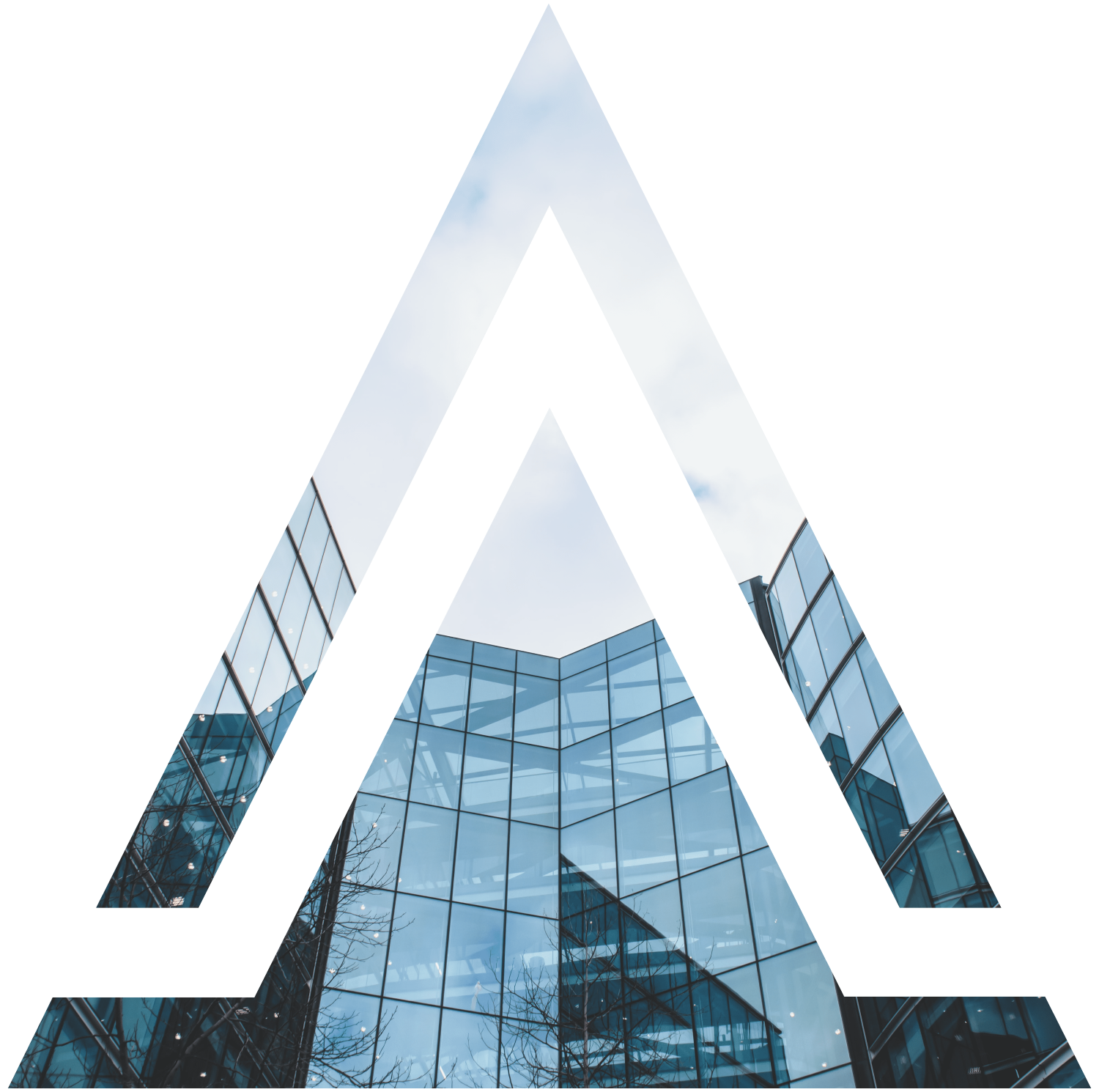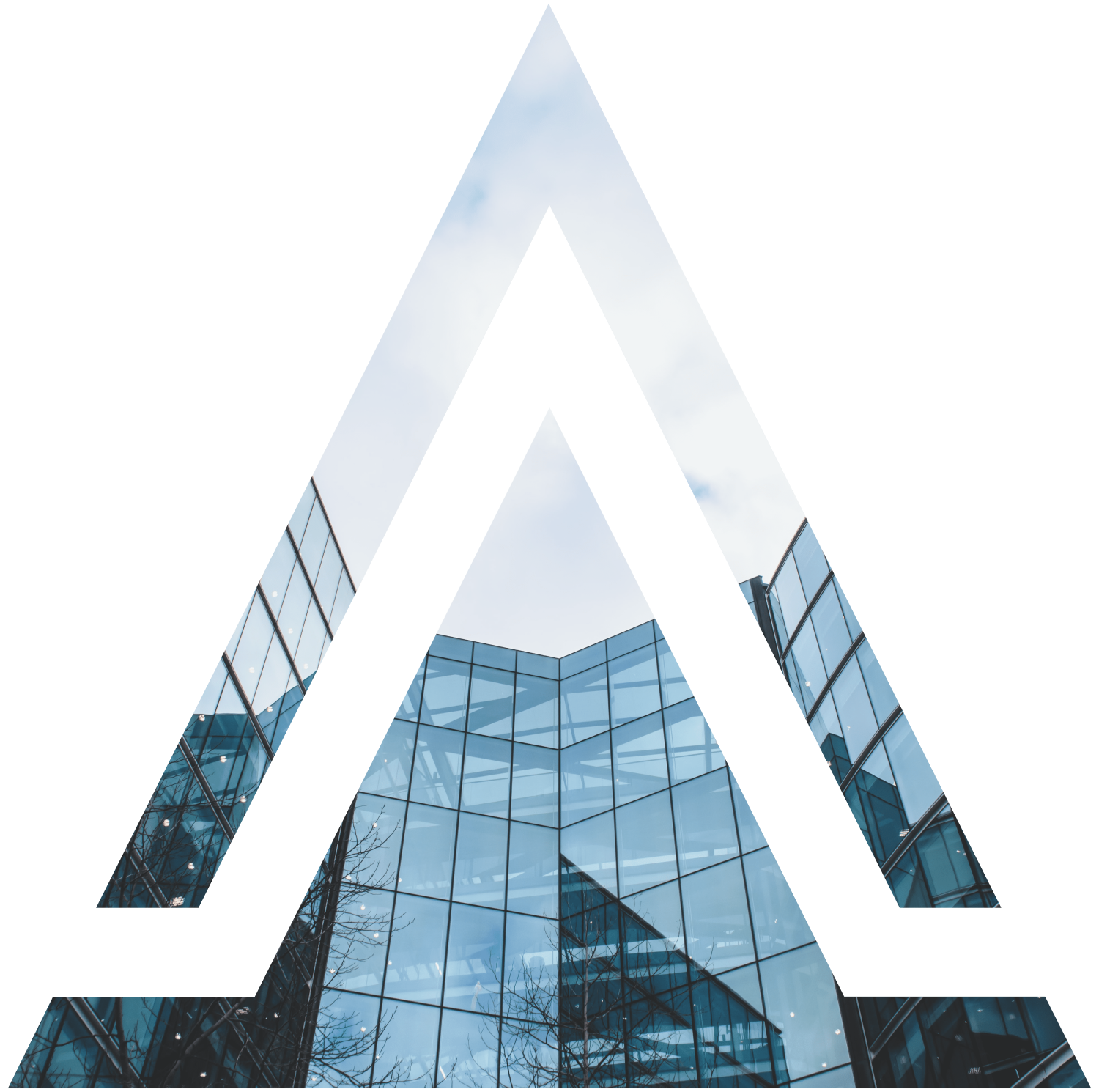Title Page
-
Site conducted
-
Conducted on
-
Prepared by
-
Location
Untitled Page
-
-
Yale Lifting Solutions
-
ISO 9001:2015 Audit Checklist
-
4.0 Context of the Organization
-
4.1 Understanding the Organization and Its Context
-
Can you please explain how the organization identifies relevant internal and external issues?
-
How often do you review and update these issues? Can you provide examples of recent changes?
-
4.2 Understanding the Needs and Expectations of Interested Parties
-
How does the organization go about identifying relevant interested parties?
-
Can you describe the process of determining the requirements and expectations of these interested parties?
-
How often do you review and update the requirements and expectations of interested parties? Can you share any recent updates or changes?
-
4.3 Determining the Scope of the Quality Management System
-
Can you walk me through how the organization defined the scope of its QMS?
-
How did you ensure that the scope includes all relevant products, services, and processes covered by the QMS?
-
How were the organization's context and the requirements of interested parties considered while determining the scope?
-
Is the scope documented and easily accessible to relevant personnel? Can you show me where it is available?
-
4.4 Quality Management System and Its Processes
-
How has the organization established, implemented, maintained, and continually improved its QMS?
-
Can you explain how the QMS processes are identified and their interactions determined?
-
How do you document process inputs, outputs, sequences, and interactions?
-
How were responsibilities and authorities assigned to personnel for QMS processes?
-
Can you provide examples of how process performance criteria, resources, and risks are identified and managed?
-
How does the organization establish methods for monitoring, measuring, and controlling QMS processes?
-
Can you share any recent evaluations of QMS processes and improvements made as a result?
-
5.0 Leadership
-
5.1 Leadership and Commitment
-
5.1.1 General
-
Can you provide examples of how top management demonstrates leadership and commitment to the QMS?
-
How does top management ensure that quality policy and objectives are established and compatible with the organization's strategic direction?
-
Can you explain how top management ensures the integration of the QMS into the organization's processes?
-
How does top management promote the use of a process approach and risk-based thinking within the organization?
-
5.1.2 Customer Focus
-
How does top management ensure that customer requirements are understood and met?
-
Can you share any examples of how top management emphasizes the importance of enhancing customer satisfaction?
-
5.2 Policy
-
5.2.1 Establishing the Quality Policy
-
Can you explain how the quality policy was established, documented, and communicated within the organization?
-
How does the quality policy align with the organization's purpose and context?
-
Can you provide examples of how the quality policy supports the organization's strategic direction and provides a framework for setting quality objectives?
-
5.2.2 Communicating the Quality Policy
-
How do you ensure the quality policy is available to relevant interested parties?
-
Can you provide examples of how top management ensures the quality policy is understood, implemented, and maintained at all levels of the organization?
-
5.3 Organizational Roles, Responsibilities, and Authorities
-
Can you explain how roles, responsibilities, and authorities have been assigned, communicated, and understood within the organization?
-
How does top management ensure the QMS conforms to the ISO 9001 requirements?
-
Can you provide examples of how top management ensures processes deliver intended outputs?
-
How do top management review and report on QMS performance, resource needs, and opportunities for improvement?
-
6.0 Planning
-
6.1 Actions to Address Risks and Opportunities
-
How does the organization identify risks and opportunities associated with the QMS?
-
Can you explain the process for assessing and prioritizing these risks and opportunities?
-
How does the organization determine appropriate actions to address identified risks and opportunities?
-
Can you provide examples of recent actions taken to address risks and opportunities?
-
6.2 Quality Objectives and Planning to Achieve Them
-
Can you explain how the organization sets and documents quality objectives?
-
How do you ensure the quality objectives are specific, measurable, achievable, relevant, and time-bound (SMART)?
-
Can you describe the process for determining the necessary resources and actions to achieve the quality objectives?
-
How does the organization evaluate progress toward meeting the quality objectives?
-
6.3 Planning of Changes
-
Can you explain the process for planning and implementing changes to the QMS?
-
How does the organization ensure that the purpose and potential consequences of changes are considered before implementation?
-
Can you provide examples of recent changes made to the QMS and the planning process followed?
-
7.0 Support
-
7.1 Resources
-
7.1.1 General
-
How does the organization determine and provide the necessary resources for the QMS?
-
Can you share examples of how the organization ensures that resources are available, maintained, and monitored for effectiveness?
-
7.1.2 People
-
How does the organization ensure that it has the required personnel to effectively implement the QMS and maintain its processes?
-
Can you provide examples of how the organization manages personnel resources to meet its quality objectives?
-
7.1.3 Infrastructure
-
How does the organization identify and provide the necessary infrastructure for the QMS?
-
Can you provide examples of how the organization maintains and improves its infrastructure to support its processes and achieve its quality objectives?
-
7.1.4 Environment for the Operation of Processes
-
How does the organization determine and manage the work environment needed for its processes?
-
Can you share examples of how the organization ensures that the work environment supports the achievement of its quality objectives?
-
7.1.5 Monitoring and Measuring Resources
-
How does the organization identify and provide the necessary monitoring and measuring resources to ensure valid results?
-
Can you provide examples of how the organization ensures that monitoring and measuring resources are calibrated and maintained?
-
7.1.6 Organizational Knowledge
-
How does the organization identify, maintain, and manage the necessary organizational knowledge for its processes?
-
Can you share examples of how the organization acquires and shares new knowledge within the organization?
-
7.2 Competence
-
How does the organization determine the necessary competence for personnel affecting the QMS performance?
-
Can you explain how the organization ensures that personnel are competent and, if necessary, provide training or other actions to acquire the required competence?
-
How does the organization evaluate the effectiveness of the actions taken to address competence requirements?
-
7.3 Awareness
-
How does the organization ensure that personnel are aware of the quality policy, quality objectives, and their contribution to the QMS?
-
Can you provide examples of how the organization promotes awareness of the importance of conforming to QMS requirements and enhancing customer satisfaction?
-
7.4 Communication
-
How does the organization determine and implement internal and external communication relevant to the QMS?
-
Can you explain how the organization ensures the effectiveness of its communication processes?
-
7.5 Documented Information
-
7.5.1 General
-
How does the organization create, update, and control documented information required by the QMS?
-
Can you provide examples of how the organization ensures the availability and suitability of documented information?
-
7.5.2 Creating and Updating
-
How does the organization ensure that documented information is properly identified, described, reviewed, and approved before use?
-
Can you provide examples of recent updates to documented information and the process followed?
-
7.5.3 Control of Documented Information
-
Can you explain how the organization controls access, distribution, and retrieval of documented information?
-
How does the organization ensure the proper storage, preservation, and disposal of documented information?
-
8.0 Operation
-
8.1 Operational Planning and Control
-
How does the organization plan, implement, and control its processes to meet requirements and enhance customer satisfaction?
-
Can you provide examples of how the organization ensures effective control over outsourced processes?
-
8.2 Requirements for Products and Services
-
8.2.1 Customer Communication
-
How does the organization communicate with customers regarding product and service information, inquiries, contracts, and handling customer feedback?
-
Can you share examples of effective customer communication processes?
-
8.2.2 Determining Requirements for Products and Services
-
How does the organization determine and review the requirements for its products and services?
-
Can you provide examples of how the organization ensures that it can meet the requirements for products and services before committing to customers?
-
8.2.3 Review of Requirements for Products and Services
-
Can you explain the process for reviewing and confirming customer requirements before accepting an order?
-
How does the organization handle changes in requirements and communicate them internally?
-
8.2.4 Changes to Requirements for Products and Services
-
How does the organization manage changes to requirements for products and services?
-
Can you provide examples of recent changes to requirements and the process followed to ensure proper implementation?
-
8.3 Design and Development of Products and Services
-
How does the organization plan and control the design and development process for its products and services?
-
Can you provide examples of design and development activities, including inputs, controls, outputs, and validation?
-
8.4 Control of Externally Provided Processes, Products, and Services
-
How does the organization ensure that externally provided processes, products, and services conform to its requirements?
-
Can you provide examples of how the organization evaluates, selects, and monitors external providers and their performance?
-
8.5 Production and Service Provision
-
8.5.1 Control of Production and Service Provision
-
Are production and service provision processes planned and carried out under controlled conditions?
-
Are criteria for workmanship established and communicated?
-
Are suitable equipment and infrastructure available for production and service provision?
-
8.5.2 Identification and Traceability
-
Are products and services identified throughout the production process?
-
Is traceability maintained, as necessary, to ensure conformity to requirements?
-
Are the status of products and services monitored throughout the production process?
-
8.5.3 Property Belonging to Customers or External Providers
-
Is customer or external provider property identified, verified, protected, and safeguarded?
-
Are necessary actions taken if the customer or external provider property is lost, damaged, or found to be unsuitable for use?
-
8.5.4 Preservation
-
Are products and services preserved during production and service provision to maintain conformity to requirements?
-
Is preservation also applied to the constituent parts of products?
-
8.5.5 Post-Delivery Activities
-
Are post-delivery activities, such as warranty provisions, maintenance services, and disposal, determined and controlled?
-
Are post-delivery activities considered in the risk assessment process?
-
8.5.6 Control of Changes
-
Are changes to production and service provision processes properly controlled and documented?
-
Are changes reviewed, verified, and validated as appropriate?
-
Are changes approved by the responsible person before implementation?
-
Are the consequences of changes evaluated, and necessary actions taken to mitigate any potential adverse effects?
-
8.6 Release of Products and Services
-
How does the organization ensure that products and services meet the specified requirements before releasing them to customers?
-
Can you provide examples of release criteria and the process for verifying conformity to requirements?
-
8.7 Control of Nonconforming Outputs
-
How does the organization control nonconforming outputs to prevent unintended use or delivery?
-
Can you provide examples of how the organization identifies, evaluates, and takes appropriate actions on nonconforming outputs?
-
9.0 Performance Evaluation
-
9.1 Monitoring, Measurement, Analysis, and Evaluation
-
9.1.1 General
-
How does the organization determine what needs to be monitored and measured and the methods, criteria, and timing for monitoring and measurement?
-
Can you provide examples of the organization's approach to maintaining documented information as evidence of the results?
-
9.1.2 Customer Satisfaction
-
How does the organization monitor and measure customer satisfaction?
-
Can you provide examples of methods used to obtain and analyze customer feedback?
-
9.1.3 Analysis and Evaluation
-
How does the organization analyze and evaluate the data and information from its monitoring and measurement activities?
-
Can you provide examples of how the organization uses the analysis results to improve its QMS?
-
9.2 Internal Audit
-
Can you explain the organization's internal audit process, including planning, conducting, reporting, and follow-up activities?
-
How does the organization ensure that internal audits are objective and impartial?
-
9.3 Management Review
-
How does the organization conduct management reviews to ensure the continuing suitability, adequacy, and effectiveness of the QMS?
-
Can you provide examples of inputs, outputs, and actions taken as a result of management reviews?
-
10.0 Improvement
-
10.1 General
-
How does the organization identify and implement opportunities for improvement in its QMS?
-
Can you provide examples of recent improvements and the processes used to identify and implement them?
-
10.2 Nonconformity and Corrective Action
-
How does the organization handle nonconformities and take corrective actions to prevent recurrence?
-
Can you provide examples of recent nonconformities, the performed, and the corrective actions taken?
-
10.3 Continual Improvement
-
How does the organization continually improve the suitability, adequacy, and effectiveness of its QMS?
-
Can you provide examples of how the organization uses data and information from monitoring, measurement, analysis, and evaluation to drive continual improvement?











